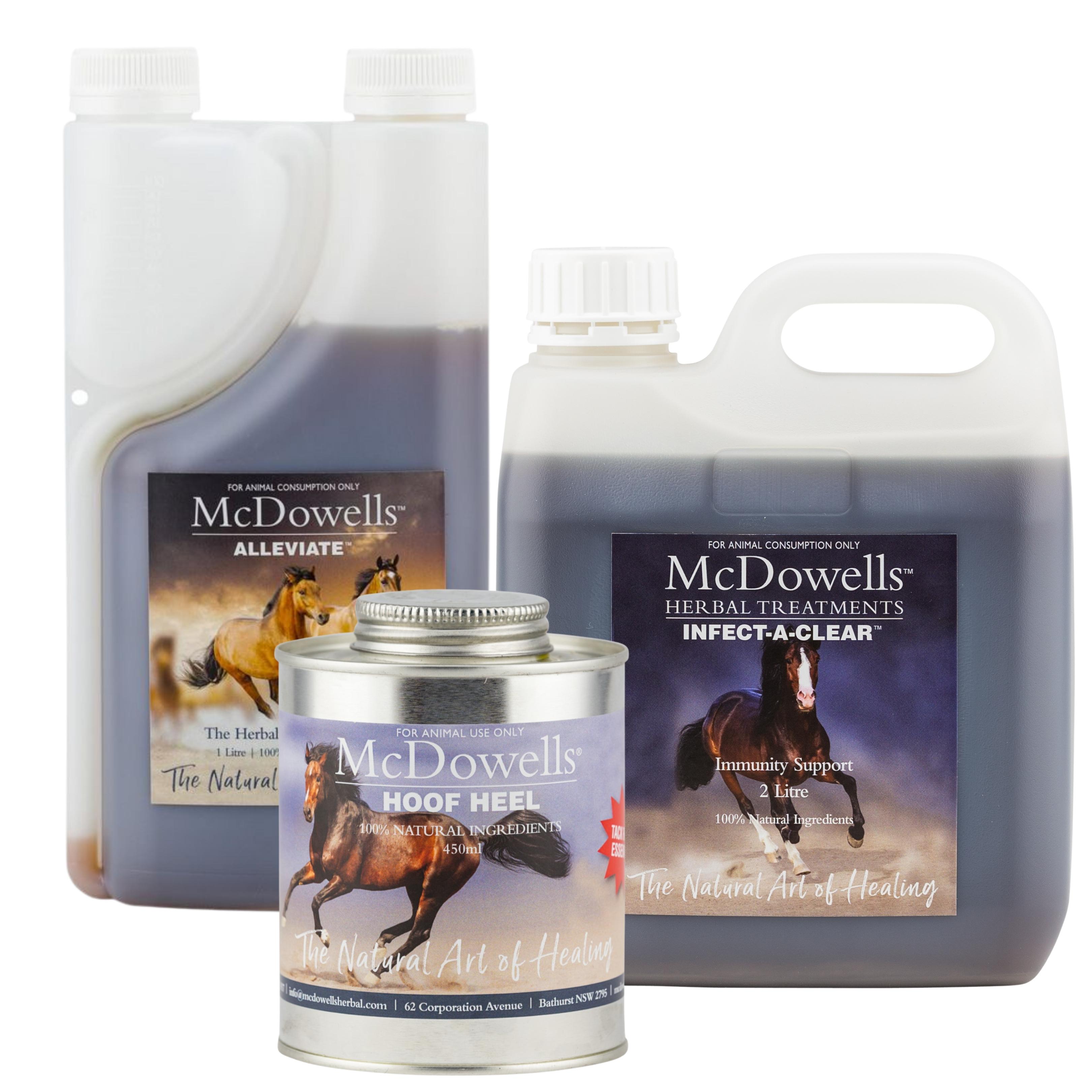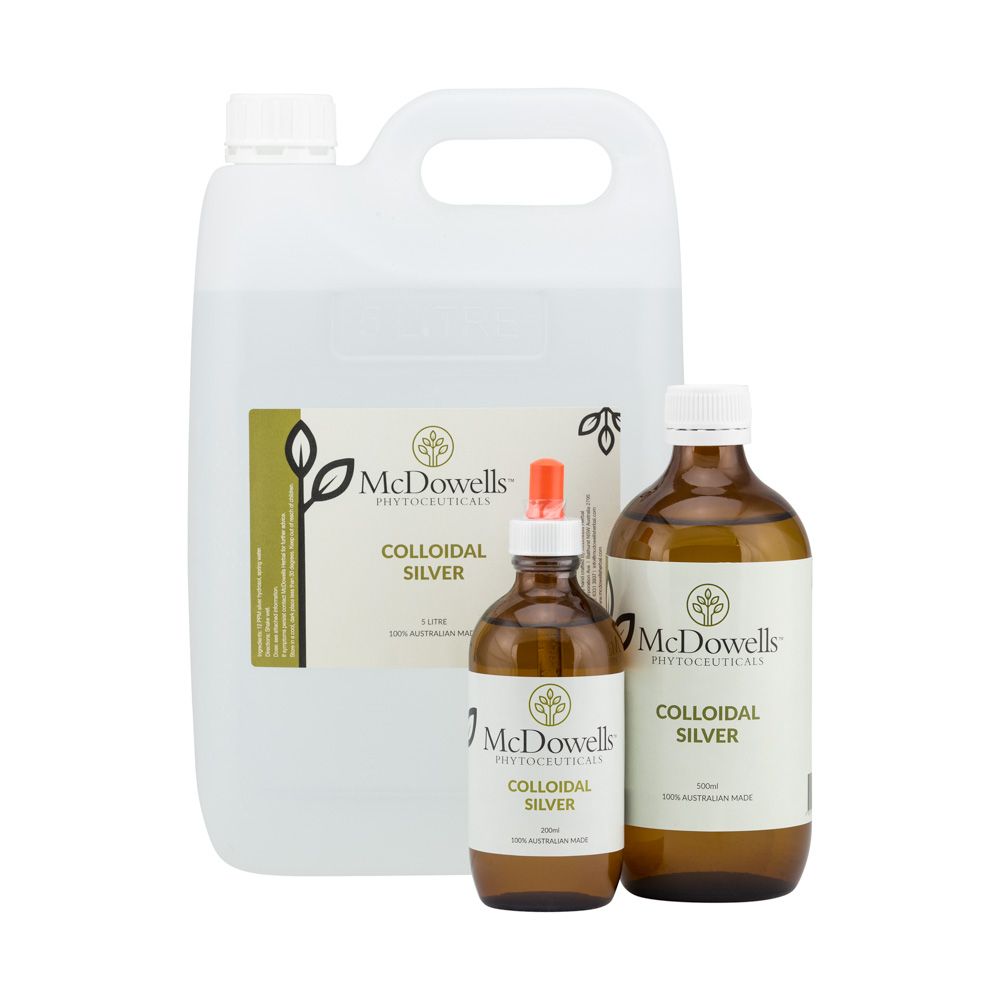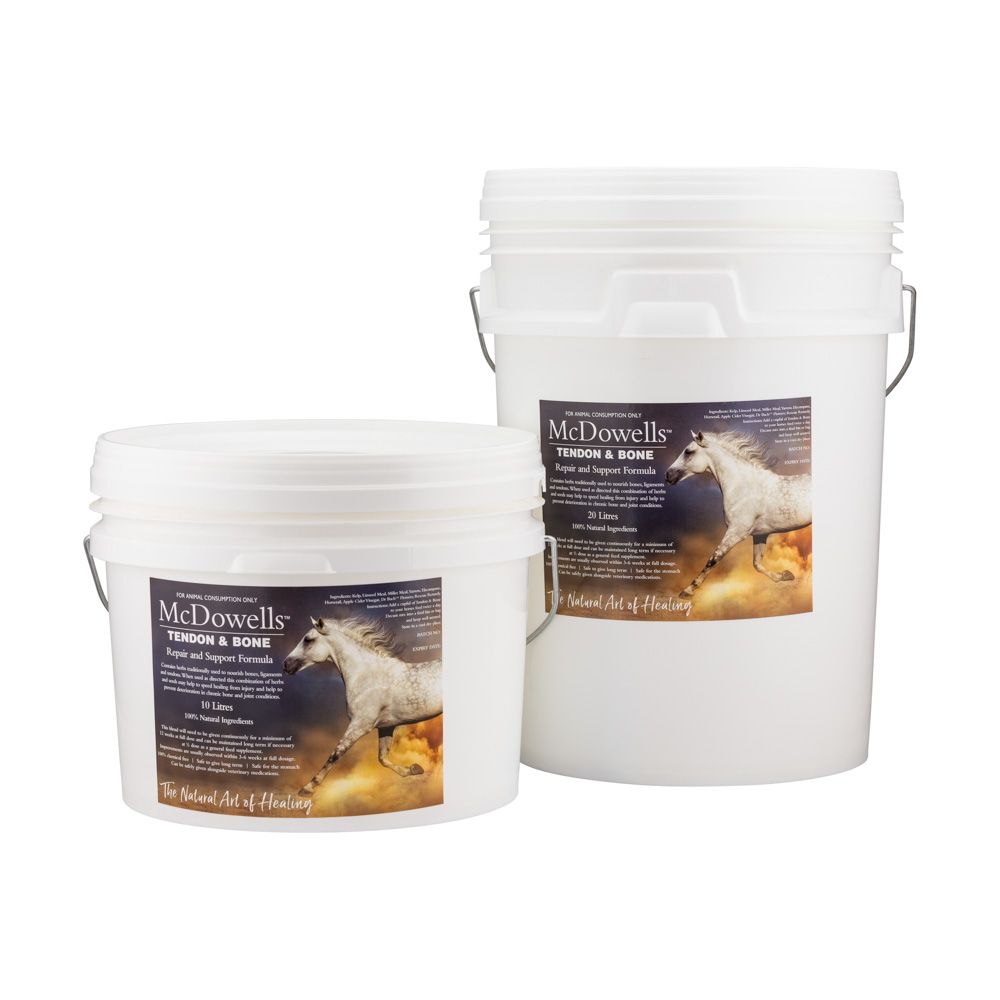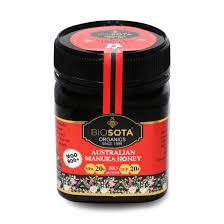An hoof abscess can cause a horse owner panic when the horse is suddenly suffering from severe lameness with no visible injury. A hoof abscess is pus in the hoof that can be dealt with quickly and cleanly, however complications can develop...
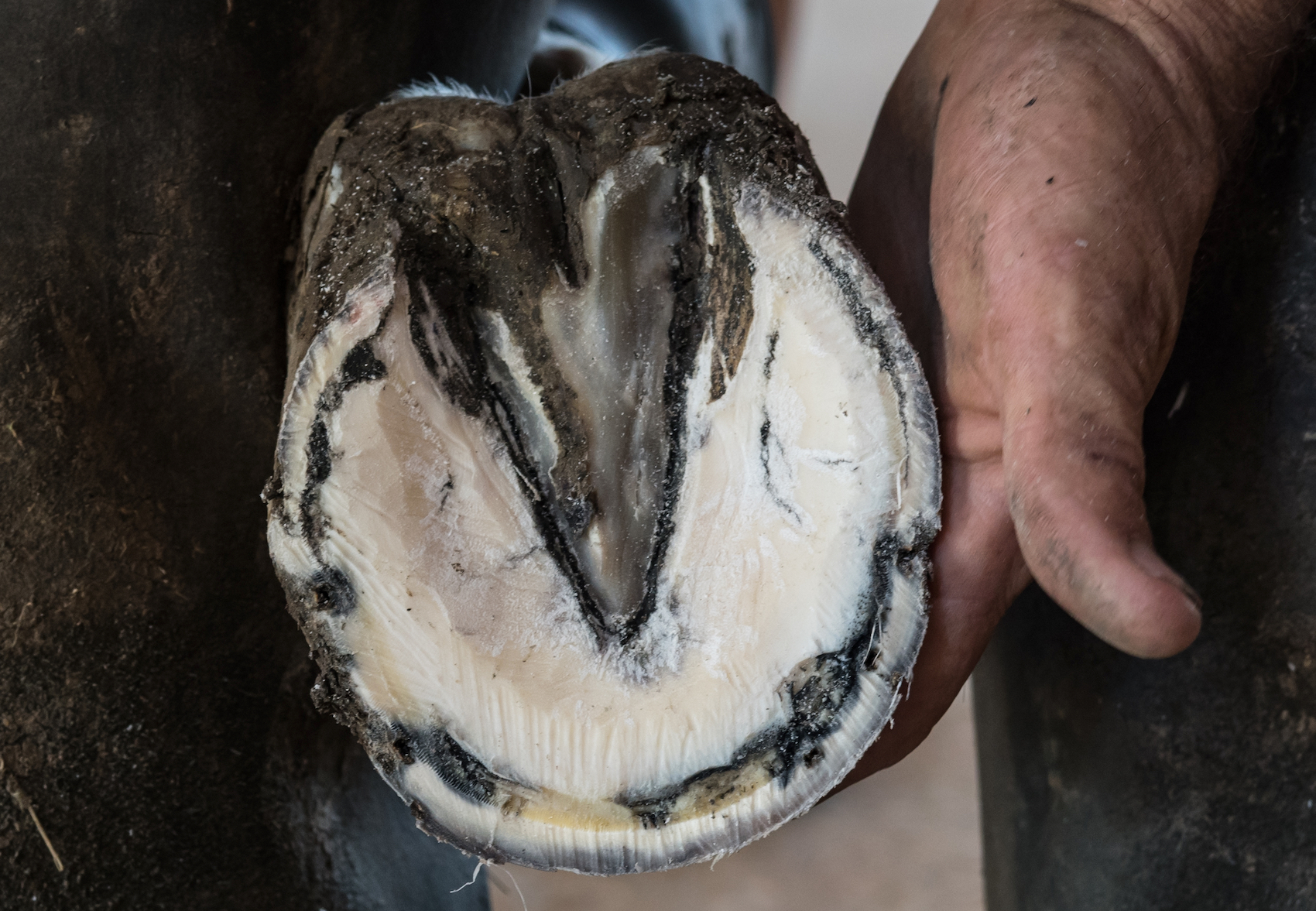
Hoof abscesses can occur when bacteria gets caught between the laminae and the hoof wall or sole. The bacteria create pus, which builds up and creates pressure behind the hoof wall or sole (1).
A hoof abscess is much more painful right before rupture, as the pressure builds up. Once the abscess has burst, the pressure is relieved and often they are immediately more comfortable.
An abscess is just an indication of a deeper issue which needs to be resolved, otherwise this can become a recurrent problem. For example, horses with Equine Metabolic Syndrome and laminitis are more susceptible to abscesses. If they have experienced wall separation to extreme pedal bone, they can then develop an abscess (anything from a few days to several weeks after the initial laminitis).
Robust immune systems routinely eliminate infective and metabolic waste as part of a healthy system. A system that is overloaded with inflammation, infection or metabolic waste has a much harder time recovering. There are many traditional treatments used throughout the ages to assist the body expel toxins.
Some abscesses may spread further into the hoof, such as the coffin bone, the navicular, or into the lower leg (2). This is particularly true with chronic abscesses that are left untreated or cleaned. If these structures become infected, the treatment can be much longer, expensive, and could result in something more permanent.
After the abscess has burst, the focus should be on growing out a healthy hoof. The damage from an abscess can take six to twelve months to grow out, and in this time, there is a weakened hoof structure. Good nutrition, herbs and feeding millet and linseed (as found in our formula Tendon and Bone) can ensure that all regrowth is healthy and strong.
What causes a hoof abscess?
- Conditions cycling between dry and wet
- Incorrect shoeing
- Internal, systemic infections
- Management of the horse - standing in mud or unclean stalls
- Insulin resistance case or laminitis, leading to hoof damage
Signs your horse may have an abscess
- Mild to severe lameness
- Digital pulse (in the affected leg)
- Swelling in the lower limb
- Pressure on the coronet band causes pain response
Poulticing or soaking?
A poultice or soaking can help if the hoof is very dry. Soaking boots are helpful. but if you dont have a boot you can use a bucket instead (preferably a soft flexible rubber one that wont crack!).
A poultice consists of herbs and other ingredients made into a paste and placed directly on the skin. This allows the ingredients to transfer their benefits and also draw out any toxins, depending on the ingredients.
Apple Cider Vinegar is also used for soaking due to its anti-microbial properties (one part vinegar to ten parts warm water).
You could also add manuka honey to the soaking or the poultice. The antibacterial properties of honey also sterilise the wound, cleaning and preventing infection reducing healing time and complications that might increase scaring. Due to its antibacterial properties, there is a reduction in the need to take oral antibiotics for wounds as wound infection is prevented.
McDowells product
The key to clearing abscesses however lies in breaking down the capsule wall. The herb Red Clover, which besides being a blood cleanser in its own right, has the specific action of thinning cyst walls so they can leak and discharge the stored toxins back into the bloodstream. Blood cleansing herbal teas taken while clearing abscesses are helpful as well. Rosehips and dandelion tea especially.
We recommend our Hoof Abscess Program that contains the following products that work together to eliminate metabolic waste, reduce pain from inflammation and support in the healing process. It contains Alleviate and Infect-A-Clear and our external oil, Hoof Heel, aiding circulation to all tissue and bone. This reduces inflammation and pain as well as aids better hoof growth.
Alleviate
These herbs have been traditionally used to reduce pain from inflammation and support in the healing process. This formulation may be used safely for both emergencies and in the long term for comfort.
Infect-A-Clear
The herbs in this mix have been traditionally used to stimulate the horse’s own natural elimination which may help to clear these naturally occurring metabolites thereby improving the immune system's response. A 12-week course is advised which is a full blood cycle. The tonic will need to be given continuously for a minimum of 3 weeks and can be maintained long term if necessary.
Hoof Heel
This oil-based treatment is a mixture of herbal oils and extracts which warm and bring circulation to all tissue and bone in the area. It assists with healing both bones and ligament attachments and any other damage, while improving circulation dramatically and reducing inflammation. Also assists to ease pain associated with Founder, Pedal Osteitis, Navicular Disease and Sesamoiditis.
Tendon and Bone
Tendon and Bone is used to promote the re-growth of attachment points and the re-tensioning of stretched or damaged ligaments. Elecampane is a stimulant to fibroblast (the most common cells of connective tissue in animals) and osteoblast (single nucleus that synthesize bone) activity due to its allantoin content. Millet contains especially high levels of organic silica compounds as well as carbohydrate and many other minerals. It also contains high levels of magnesium and higher in protein than most other grains. Linseed is specific nourishment for strength and elasticity of ligaments and attachment points and is a whole feed source of Omega 3 and 6 and Linoleic acids.
Colloidal Silver
Colloidal silver can we used to wash and clean the abscess prior to dressing. Colloidal Silver was used and proven to be effective against hundreds of disease-causing bacterium by the 1940s. Its action as a broad spectrum antibiotic has never been matched by the modern pharmaceuticals in that it produces no drug resistance whatsoever.
Manuka Honey
High in minerals, antioxidants and bioflavonoids this potent antibacterial honey will help to enhance and protect your body’s own defences. This active honey helps to heal and reduce the scarring of wounds. Numerous studies show Manuka honey in particular is good at healing wounds with reduced scarring. Honey keeps the wound moist and supple, helping to reduce scaring. The high sugar content in honey draws moisture from the wound, preventing bacteria growth and encouraging wound healing by drawing out wound toxicants.
References
(1) Hoof Abscesses By Brian W. Fitzgerald, DVM The American Association of Equine Practitioners (AAEP)
(2) Iron Free hoof
(3) The Laminitis site

